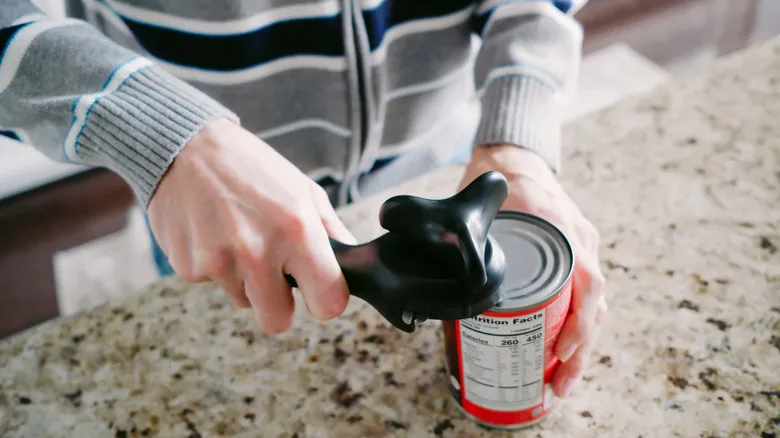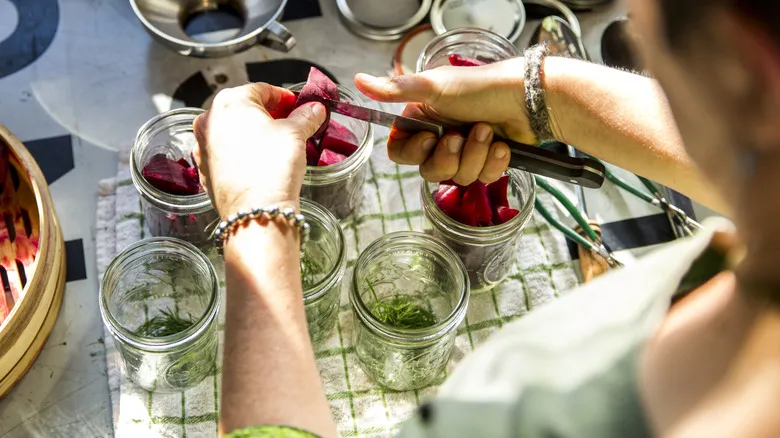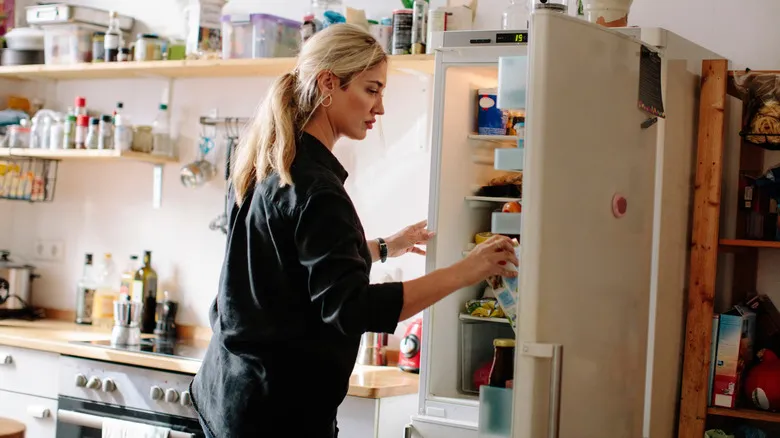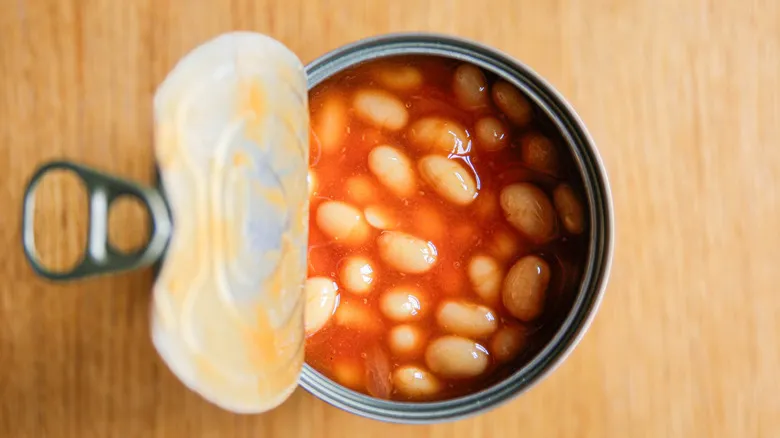Today's cans are much safer than in decades past

If you grew up listening to warnings— or at least hearing about them— regarding the dangers of storing food in original cans due to fears of toxic metals leaching into your meals, it's because cans were manufactured quite differently in the past. Up until 1995, cans in the U.S. often contained lead in their seams. So, if your parents or grandparents cautioned you against keeping food in cans, they were not exaggerating. Fortunately, the U.S. has since prohibited the use of lead in cans, although some sources still highlight the presence of BPA and similar chemicals as reasons to opt for alternative storage containers.
Generally, canned food is very safe, convenient, and has a long shelf life, significantly transforming our shopping and eating habits. However, there are still some sensible storage guidelines to follow—both before and after opening the cans. By selecting cans that are free from dents or damage, storing them properly, and transferring leftovers into airtight containers, you can make delicious (and often just as nutritious as fresh options) canned foods a regular part of your kitchen.
Recommended

Why Dry Canning Food Can Be Extremely Dangerous

How Baking Soda Keeps Your Fridge Smelling Fresher

How Gordon Ramsay Uses Leftover Vanilla Pods To Enhance Sweet Treats

The Kitchen Hack That'll Keep Ice Cream Cold When You're Traveling
Next up

